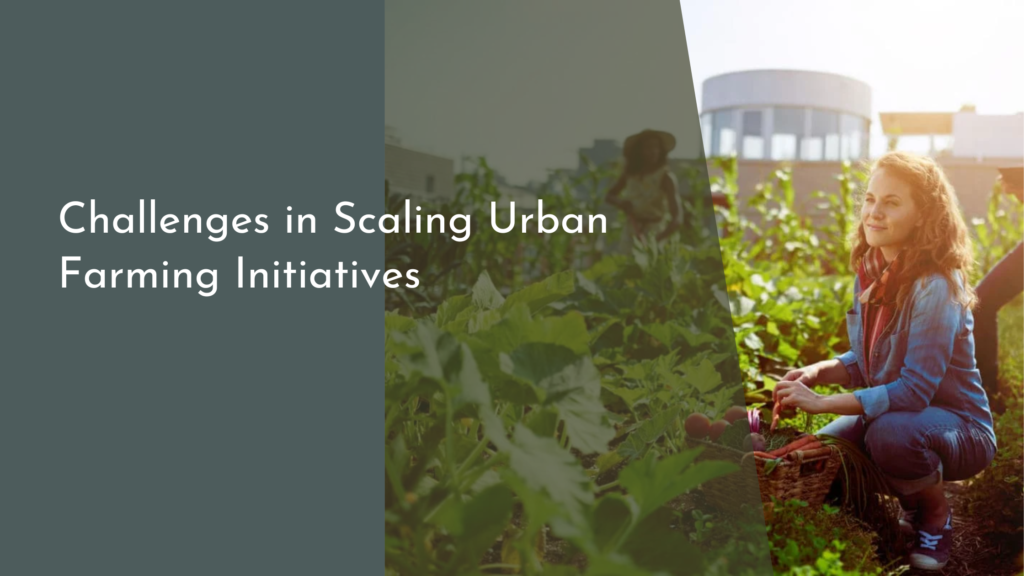Adaptive Reuse of Urban Structures for Sustainability
In a rapidly urbanizing world, the need for sustainable solutions has never been more vital. Adaptive reuse of urban structures presents a promising approach to tackle the challenges of waste, resource consumption, and environmental impact. By repurposing old buildings, communities can preserve their architectural heritage while simultaneously addressing modern sustainability concerns. This article explores the transformative potential of adaptive reuse, highlighting its creative design aspects, community benefits, and its role in shaping sustainable cities for the future.
Transforming Old Buildings: A Sustainable Solution Awaits!
Adaptive reuse offers a viable solution to the pressing issues of urban decay and resource depletion. By breathing new life into existing structures, cities can significantly reduce the need for new construction, which often entails extensive resource extraction and energy expenditure. This practice not only conserves materials but also minimizes waste generated from demolition, fostering a more circular economy. In essence, transforming old buildings into functional spaces is an eco-friendly approach that aligns with sustainable development goals.
Moreover, adaptive reuse serves as a bridge between the past and the present, allowing urban dwellers to connect with their history while enjoying modern amenities. Whether it’s converting a historic factory into chic lofts or repurposing an old church into a community center, these projects celebrate architectural diversity while creating vibrant spaces that reflect the character of the area. The outcome is a win-win scenario, where outdated structures are revitalized and communities are enriched in the process.
Creative Design: Breathing New Life into Urban Spaces
The creative aspect of adaptive reuse is a testament to human ingenuity and imagination. Architects and designers are challenged to think outside the box, transforming spaces in unexpected and innovative ways. This often involves integrating contemporary design elements with historical features, resulting in unique buildings that tell a story. For instance, an old warehouse can be turned into a trendy art gallery, maintaining its original charm while accommodating new functions. Each project becomes a canvas, showcasing creativity while respecting the building’s legacy.
Furthermore, adaptive reuse encourages sustainable practices in design, such as using environmentally friendly materials and energy-efficient systems. By incorporating green technologies, such as solar panels or rainwater harvesting systems, old structures can be transformed into modern sustainable hubs. This integration of the new with the old not only enhances the aesthetic appeal of urban spaces but also promotes a more sustainable lifestyle for inhabitants, creating a perfect synergy between past and future.
Community Benefits: Enhancing Neighborhoods Through Reuse
The positive impact of adaptive reuse extends beyond the physical structures; it significantly benefits the surrounding community as well. Revitalizing derelict buildings can breathe new life into neglected neighborhoods, fostering economic growth and increasing property values. New businesses can emerge in these spaces, attracting visitors and creating jobs, which in turn contributes to the local economy. This transformation often leads to a sense of pride among residents, encouraging them to engage with their community and take an active role in its development.
Moreover, adaptive reuse projects can serve as gathering places, strengthening social ties within neighborhoods. For example, an old school repurposed as a community center offers a venue for events, workshops, and meetings, fostering interaction among residents. These communal spaces promote inclusivity and collaboration, making neighborhoods more cohesive. As people come together in shared spaces, they cultivate a sense of belonging, which is essential in building resilient communities.
Future Forward: How Adaptive Reuse Shapes Sustainable Cities
As cities continue to grow and evolve, the concept of adaptive reuse is becoming increasingly important in urban planning strategies. This approach not only addresses immediate challenges, such as housing shortages and underutilized spaces, but also sets the stage for sustainable urban development. By prioritizing the repurposing of existing structures, cities can preserve their cultural heritage while accommodating the needs of a growing population. This forward-thinking mindset encourages cities to look at their existing resources as assets rather than liabilities.
Looking ahead, the potential for adaptive reuse in shaping sustainable cities is profound. With increasing awareness of climate change and resource scarcity, urban planners and developers are recognizing the value of integrating adaptive reuse into their projects. The result is a more resilient urban fabric that embraces sustainability, community engagement, and innovation. As we move forward, the adaptability of buildings will become a defining characteristic of our cities, paving the way for a brighter and more sustainable future.
The adaptive reuse of urban structures is more than just a trend; it’s a sustainable strategy that enhances the quality of life in cities. By transforming old buildings into vibrant spaces, we not only honor our architectural heritage but also pave the way for a more sustainable future. With its creative design possibilities and numerous community benefits, adaptive reuse is set to play a crucial role in reshaping urban landscapes. Embracing this approach promises a harmonious balance between the past and the future, ensuring that our cities thrive for generations to come.

